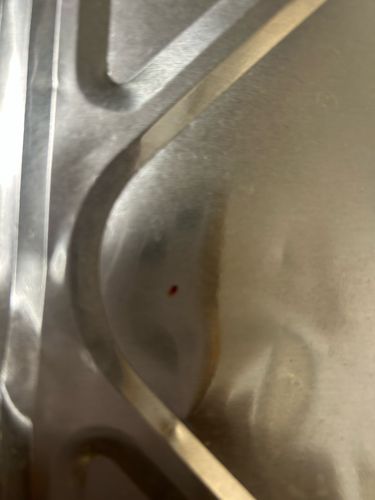Bed Bug
Scientific Name: Cimex lectularius
Order & Family: Hemiptera, Cimicidae
Size: Adult bed bugs are typically 4-5 mm (0.16-0.20 inches) long, oval, and flattened. After feeding, they become engorged and reddish-brown, resembling an apple seed. Nymphs are smaller and translucent.

Natural Habitat
Commonly found in human dwellings, particularly in beds (mattresses, box springs, bed frames), upholstered furniture, and in cracks and crevices of walls and floors. They thrive in close proximity to their hosts.
Diet & Feeding
Exclusively hematophagous, meaning they feed solely on the blood of warm-blooded animals, primarily humans.
Behavior Patterns
Bed bugs are nocturnal and feed on blood, typically at night, while hosts are sleeping. They hide in cracks and crevices during the day, emerging to feed. They are quite resilient and can survive for several months without a blood meal.
Risks & Benefits
Potential risks include itchy bites, allergic reactions, secondary skin infections from scratching, and significant psychological distress due to infestations. While they are not known to transmit diseases, their presence is a nuisance. There are no known direct benefits to humans or ecosystems from bed bugs.
Identified on: 8/19/2025